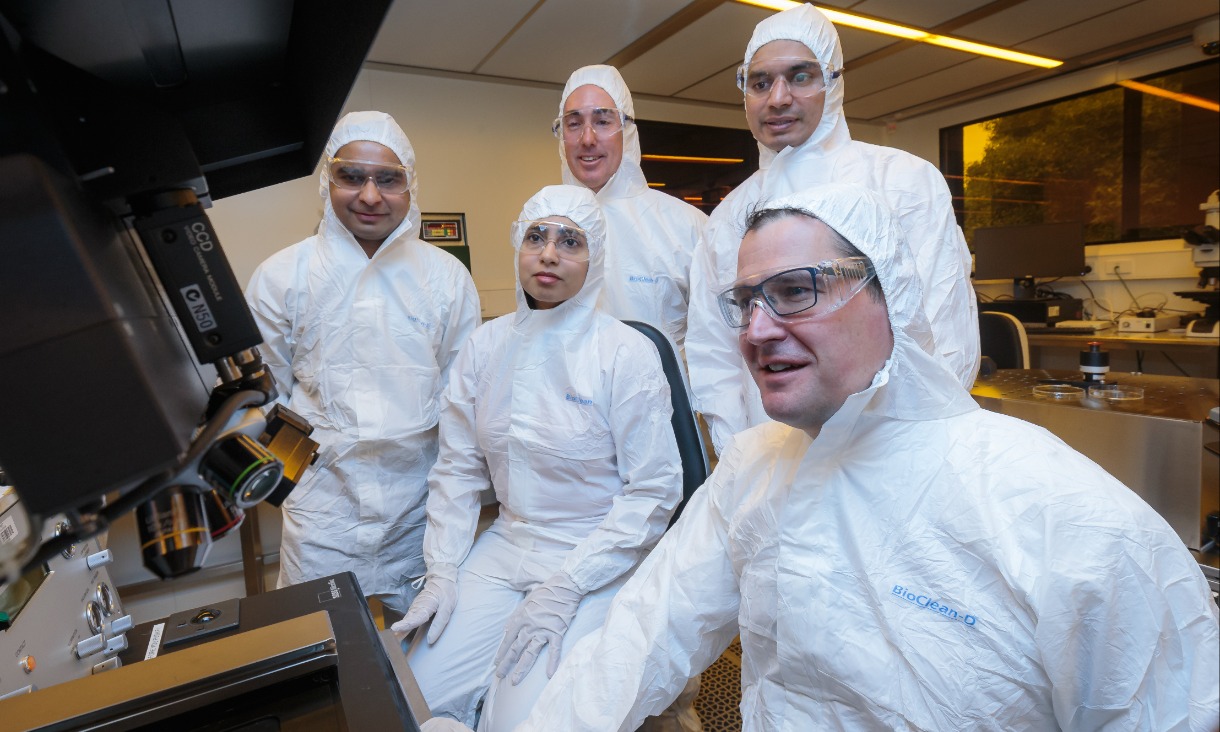Major technology developments such as the 3D-printer have dramatically altered the way engineers design and work, allowing for more efficient and innovative prototyping and production methods for engineers and researchers around the world. But it is important to know how to apply these advancements to industry.
“Rather than having to do detailed engineering drawings and simulations before you would really commit to doing that one realisation of it, you can actually now realise prototypes and learn from them quite quickly; and learn things that you may not have learnt from simulations alone,” says Prof Mitchell.
“For example, manufacturing microchips is outrageously expensive, but it's becoming possible to do something a little bit like 3D printing with these integrated circuits. So we're sort of learning from the way people are engaging with industry, to try and actually do the same thing with integrated circuits.”
While graduates need technical skills to land a job as an engineer, more focus is now also placed on the development of human skills. Sometimes known as soft or professional skills, these include leadership, teamwork, communication, problem-solving, work ethic, flexibility and interpersonal skills.
The latest job vacancy data from the Australian Government’s Department of Jobs and Small Business points to a gap in these crucial skills. The department reports that 80 per cent of qualified applicants are not considered suitable for roles owing to a lack of employability skills and experience.
Dr Nick Brown, who co-ordinates RMIT’s Introduction to Professional Engineering Practice, says human skills enable engineers to work effectively and harmoniously in any field. Yet many prospective students equate associate engineering with hard or technical skills and little else.
“Engineering is synonymous with technical skills, so students don’t realise they will still be working in an environment where you need a breadth of professional skills to work effectively and to apply your technical skills,” he said.
“Otherwise what’s the point of having a good idea in your head if you can’t communicate it to someone else?”
In the Introduction to Professional Engineering Practice, students work in teams on real-world problems. Honing their human skills helps them become well-rounded engineering professionals, Dr Brown says.
“It’s no longer the case that one person has all of the design in their head and goes through the whole design process by themselves,” he said.
“Engineers work with other people, and for that they need to be able to communicate their ideas and work in teams. Graduate recruiters are looking for that cultural fit, those interpersonal and critical analysis skills, that show graduates are capable of going beyond the basic technical stuff.”
Through teaching and emphasising these human skills, RMIT’s engineering courses are today preparing the students of today to take on the latest in cutting-edge advancements of tomorrow.







